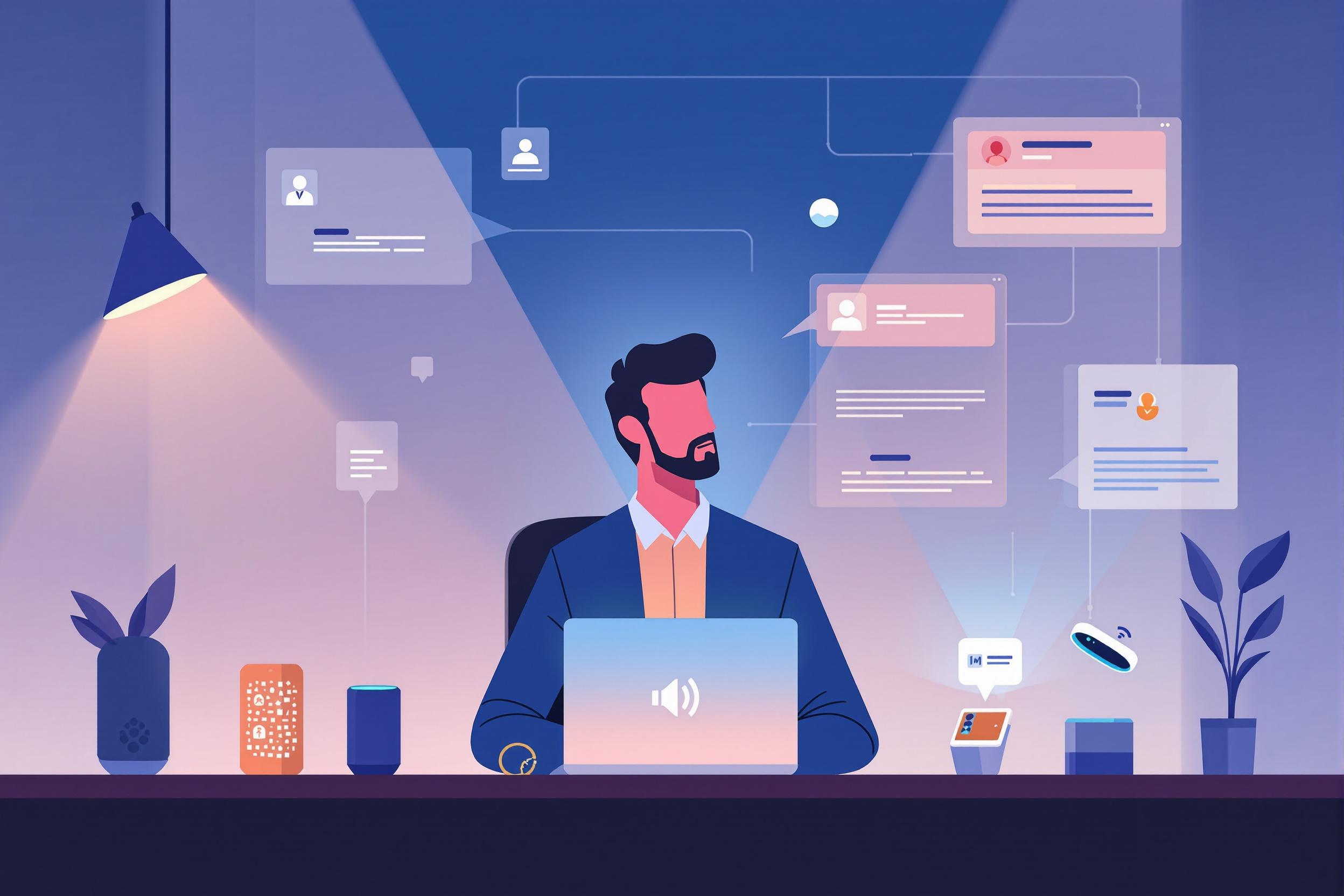
Transcription Services
Transcription Services involve converting spoken words or audio content into written text. This is essential for making content accessible to people who are deaf or hard of hearing, and for creating written records of meetings, interviews, or presentations. In the context of accessibility consulting, professionals working with transcription services help organizations make their audio and video content accessible to everyone by providing accurate written versions of spoken content. This can include real-time transcription during live events (sometimes called CART - Communication Access Real-time Translation) or creating transcripts for pre-recorded content.
Examples in Resumes
Managed Transcription Services for 50+ corporate training videos to ensure ADA compliance
Coordinated live CART Services and Transcription Services for company-wide events
Implemented quality control processes for Transcription Services and captioning workflows
Typical job title: "Transcriptionists"
Also try searching for:
Where to Find Transcriptionists
Professional Associations
Online Communities
Job Boards
Example Interview Questions
Senior Level Questions
Q: How would you manage a large-scale transcription project for a corporate client?
Expected Answer: Should discuss project planning, team coordination, quality control processes, timeline management, and handling multiple file formats and delivery methods. Should mention experience with budget management and client communication.
Q: How do you ensure accuracy and consistency across different transcriptionists working on the same project?
Expected Answer: Should explain quality control procedures, style guides, training processes, and tools used to maintain consistency. Should discuss experience managing teams and implementing standardized workflows.
Mid Level Questions
Q: What process do you follow to ensure accurate transcription of technical or specialized content?
Expected Answer: Should explain research methods, use of subject-specific glossaries, consulting with subject matter experts, and quality checking procedures.
Q: How do you handle different transcription formats and accessibility requirements?
Expected Answer: Should discuss experience with various output formats, understanding of accessibility standards, and ability to adapt transcripts for different uses (captions, subtitles, text-only documents).
Junior Level Questions
Q: What tools and software are you familiar with for transcription work?
Expected Answer: Should be able to name common transcription software, basic audio editing tools, and word processing programs. Should understand basic file management and delivery methods.
Q: How do you ensure accuracy in your transcriptions?
Expected Answer: Should discuss proofreading techniques, use of spelling and grammar checks, research methods for unfamiliar terms, and basic quality control processes.
Experience Level Indicators
Junior (0-2 years)
- Basic transcription and typing skills
- Familiarity with transcription software
- Understanding of basic accessibility needs
- Good attention to detail
Mid (2-5 years)
- Advanced transcription speed and accuracy
- Experience with different content types
- Knowledge of accessibility standards
- Project coordination experience
Senior (5+ years)
- Project management expertise
- Team leadership and training
- Quality control implementation
- Client relationship management
Red Flags to Watch For
- Poor attention to detail or accuracy
- Lack of experience with accessibility standards
- No knowledge of different transcription formats
- Poor time management skills
- Limited understanding of confidentiality requirements
Related Terms
Need more hiring wisdom? Check these out...

Speak Their Language: How Localized Job Descriptions Unlock Regional Talent

Speak Up! How Voice Search Is Changing Job Listings and What HR Needs to Do About It

Talent Acquisition Automation: Revolutionizing Recruitment

